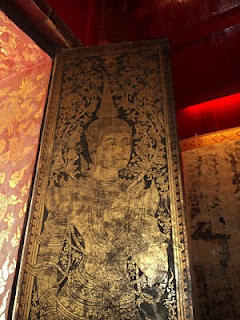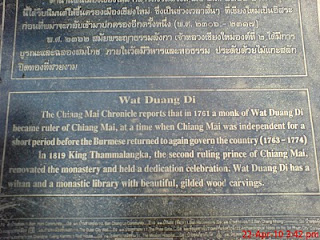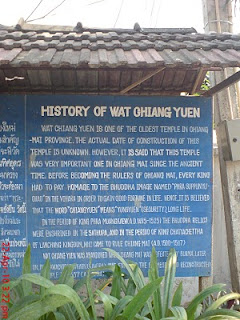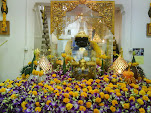This temple is about 8minutes walk from Chiang Mai Plaza Hotel
I've heard of this temple but it wasn't in the list that Kruba gave me. To our surprise, it's only 8min walk from the hotel we stayed. Guess it's all fated. We missed the monk along the roadside, hence a nice lady brought us to the temple.
Knowing that we have never make merit to monks in the morning,
this sweet lady offer to bring us to the market @5.45am to make purchase of food for the monk. She even taught us what to do after we place the food into the alm bowl (simple, just kneel down and the monk will do a chanting for us)
This must be the 8th monk we had offered. We had offered to few of them outside the market before we came over.
Wat Chaimongkol is one of the oldest community monasteries in chiangmai. It was founded around 600 years ago, as the power and influence of the Lanna kingdom was emerging at the time of strong King Tilokkaraj. Shrines and artefacts were added by the various ethinic groups using the temple - Burmese, Laos - note the imposing Chinese shrine with its goddess of mercy statue. the boat landng was the main Chiangmai arrival and departure point for visiting royalty and merchants of substance. the statue of Rama V, King Chulalongkorn, is a popular spot for Thai devotees.










































.JPG)










.JPG)

